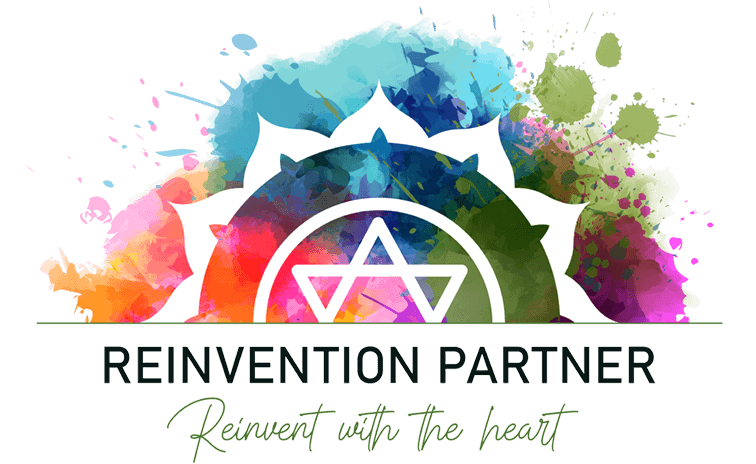Picture this: a group of individuals, each unique in their skills and abilities, coming together to achieve remarkable results. What’s the secret sauce for turning this diverse group into a harmonious, innovative, and effective team? The answer lies in a trio of essential ingredients: Fun, Play, and Conflict. Yes, you heard it right. Conflict can be a catalyst for greatness, especially when paired with a generous helping of fun and play. Let’s dive into this intriguing combination and explore how it can lead to an outstanding team culture.
The Chemistry of Connection
To understand why Fun, Play, and Conflict are such a dynamic trio, we need to consider the chemistry that underlies human interaction.
Our bodies produce a variety of hormones that play pivotal roles in social bonding, motivation, and overall well-being.
For example, Oxytocin, often referred to as the “love hormone,” is instrumental in creating trust, empathy, and a sense of connection among individuals. It’s the warm and fuzzy feeling that helps us build rapport and work together effectively.
Dopamine, on the other hand, is the “reward hormone.” It’s the brain’s way of saying, “Good job!” When we experience a surge of Dopamine, we’re motivated, inspired, and ready to tackle challenges with enthusiasm.
The Arousal of the Nervous System
Now, here’s the intriguing part: the nervous system plays a crucial role in this trio’s effectiveness. For transformational creativity to flourish within a group, the team’s nervous systems need to be in a unique state of balance.
Imagine you’re part of a team that feels safe – safe to express ideas, make mistakes, and grow together. Simultaneously, this safety doesn’t translate to stagnation; it’s accompanied by a sense of excitement and enthusiasm. It’s like walking a tightrope between comfort and arousal. This state is the fertile ground where creativity and innovation bloom.
Play, Fun, and Conflict in Action
Now that we’ve set the stage, let’s see how this trio works in practice.
1. Play and Fun: Play is any activity where the final outcome isn’t predetermined. It’s exploration, experimentation, and creativity without the pressure of a defined goal. When teams engage in play, they open themselves up to new possibilities, ignite their imagination, and foster a sense of camaraderie. Fun is the catalyst that transforms work into an adventure. It lightens the atmosphere, making everyone more approachable, open to collaboration, and willing to contribute their best.
2. Conflict: The magic of conflict lies in its constructive nature. In an environment where play and fun are encouraged, conflicts are seen as opportunities for growth, not battles to be won. When teams understand that conflict welcomes diverse perspectives and is about finding the best solutions rather than defending personal viewpoints, the stage is set for innovative problem-solving.
An Outstanding Team Culture
So, what does this mean for your team culture? It means building a workplace where safety, play, and constructive conflict are celebrated. It means creating an environment where individuals know they can rely on each other, where risks are welcomed, and where every team member can contribute beyond their job description.
The result? An outstanding team culture where innovation thrives, trust is paramount, and collaboration is a joyful journey. In this setting, individuals find the most rewarding and motivating activity of all – to express themselves, create, and face challenges with hope and enthusiasm. The balance between comfort and arousal becomes the bedrock for exceptional teamwork.
In Conclusion
In the quest for an outstanding team culture, remember that it’s all about the chemistry of connection and the balance of the nervous system.
Encourage play, fun, and constructive conflict within your team. Nurture an environment where individuals can safely rely on each other and take risks.
In doing so, you’ll set the stage for an outstanding team culture where transformational creativity knows no bounds.
So, are you ready to let the trio of Fun, Play, and Conflict lead your team to greatness?

